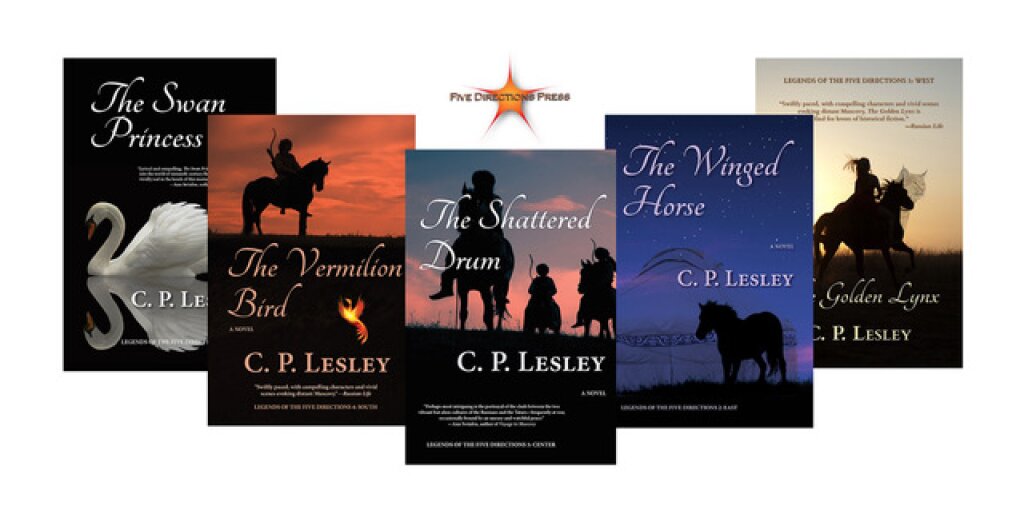Irina Erman is Associate Professor of Russian Studies at the College of Charleston. Her primary area of expertise is nineteenth- and early twentieth-century Russian literature, with a focus on marginality, performativity, and monstrosity. She is the co-editor, with Lynn Patyk, of Funny Dostoevsky, forthcoming from Bloomsbury in 2024. She is currently working on a book on Fyodor Dostoevsky and performance.
An earlier version of this essay appeared on Bloggers Karamazov, the official blog of the North American Dostoevsky Society. A full-length article on this topic is available in open-source format in Russian Literature.
This is Part I in a two-part series. Part II will appear tomorrow, 11/16.
Before we learn that Rodion Raskolnikov is uncommonly handsome, homicidal, and dressed with a shabbiness so ostentatious that it signals a desire for attention rather than inconspicuousness, we find out that he is something of a hypochondriac. As Dostoevsky writes, “for some time he had been in an irritable and tense state resembling hypochondria.” Raskolnikov is often sick, and he is also singularly obsessed with illness. In fact, it is central to Raskolnikov’s theory of crime, in which the “extraordinary man” is identified primarily via his resistance to the symptoms that accompany the transgressions of regular criminals.
The motif of illness runs through the entire novel, and accompanies key developments and themes to such an extent that Crime and Punishment merits a reading as a pandemic or plague narrative. The lasting power of plague narratives comes from their examination of disease in order to diagnose the body politic. The plague that strikes Thebes in Sophocles’ Oedipus Rex is paradigmatic in this sense: the ruler’s crime contaminates the community and societal ill manifests as literal pestilence. By comparison, the crime in Crime and Punishment presents as a symptom rather than the cause of the infection. Deadly, half-baked ideas spread like viruses through the miasmatic summer air of Dostoevsky’s Petersburg, and Raskolnikov’s frequent physical symptoms underscore his susceptibility to this much more dangerous form of contagion. In Crime and Punishment, Dostoevsky brilliantly mixes metaphors of biological and ideological infection to diagnose ailments that still plague us to this day.
Illness accompanies every movement of Raskolnikov’s soul, including his potential resurrection at the end of the novel. But the most direct reference to a wide-scale epidemic appears in his fever-induced nightmare in the Epilogue: “In his illness he had dreamed that the whole world was doomed to fall victim to some terrible, as yet unseen and unknown pestilence spreading to Europe from the depths of Asia…. Some new trichinae had appeared, microscopic creatures that lodged themselves in men’s bodies.” As usual, Dostoevsky is quite topical in his references, drawing from contemporary newspapers, which began to discuss trichinae and the symptoms they caused in late 1865. But Dostoevsky does not follow the symptomatology of trichinosis, instead showing us Raskolnikov’s disease write large. This disease does not kill the infected directly. Rather, its victims become possessed by their own convictions:
But never, never had people considered themselves so intelligent and unshakeable in the truth as did these infected ones. Never had they thought their judgements, their scientific conclusions, their moral convictions and beliefs more unshakeable. Entire settlements, entire cities and nations would be infected and go mad. Everyone became anxious, and no one understood anyone else; each thought the truth was contained in himself alone…
The deadly plague turns out to be blind devotion to one’s own version of “truth” over objective reality, and the extreme polarization that accompanies such blindness. Failing to recognize their shared humanity, “people killed each other in some kind of meaningless spite.” The prescient horror of Raskolnikov’s nightmare made for particularly striking reading during the Covid-19 pandemic. For instance, those who caught the virus because a segment of the population viewed wearing a face covering as a test of party loyalty rather than a simple act of concern for others, became the victims of Dostoevsky’s trichinae of discord.
Dostoevsky’s foresight in envisioning dangerous ideas as contagions functions as more than a convenient metaphor that relays their capacity to spread. It highlights their capacity to cause real-world harm. So, what ideas does Dostoevsky consider dangerous and deadly enough to warrant comparisons to the plague? The author is at his most explicit in the scene that links Raskolnikov’s crime to the ideology of utilitarian self-interest, which is articulated (and performed) by Luzhin, the man who hopes to take advantage of the economic precarity of Raskolnikov’s beautiful sister. While visiting Raskolnikov at his sick bed after the murder, Luzhin expounds:
If up to now, for example, I have been told to “love my neighbor,” and I did love him, what came of it?… What came of it is that I tore my caftan in two, shared it with my neighbor and we were both left half naked… But science says: Love yourself before all, because everything in the world is based on self-interest. If you love only yourself, you will set your affairs up properly, and your caftan will also remain in one piece. And economic truth adds that the more properly arranged personal affairs and, so to speak, whole caftans there are in society, the firmer its foundations are and the better arranged its common cause. It follows that by acquiring solely and exclusively for myself, I am thereby precisely acquiring for everyone, as it were, and working so that my neighbor will have something more than a torn caftan, not from private, isolated generosities now, but as a result of universal prosperity.
I know that it is mere coincidence, but I cannot get over the irony of a man named “Puddle” prophesizing what is now called trickle-down economics. Luzhin is, of course, merely repeating ideas that are “in the air” because they justify his behavior. Both the third-person narrator and Luzhin’s listeners observe how derivative he is being, while Raskolnikov recoils at his own reflection, exclaiming, “Get to the consequences of what you have just been preaching and it will turn out that one can go around putting a knife in people.” Raskolnikov manifests this idea in its extreme form, of course. But if you don’t go so far as to hack at people with an axe, what level of self-interested action is acceptable? What about, for instance, refusing to be slightly inconvenienced for the sake of someone else’s safety?
In pandemic times, Raskolnikov is right, and there is indeed little difference between that version of freedom and simply going around putting a knife in people. Pandemics – and pandemic narratives – remind us how deeply we are all interconnected; for many of us – uncomfortably so. Plague narrative offers a vision of the breakdown of social order that is nonetheless undergirded by the microscopic ties that bind us.
If the metaphor of infection stands in for dangerous dissemination, the outbreak or plague narrative as a whole centers on the issue of responsibility. Such stories do not stop at assigning responsibility for the epidemic’s origin, or merely chronicle the search for patient zero to be blamed for the community’s ills. Rather, they explore the mutual responsibility of all before all and our inseparability from others. For to contemplate the communicability of disease is to think about human contact and community. In her seminal analysis of the “outbreak narrative,” Priscilla Wald explains that “The word ‘contagion’ means literally ‘to touch together,’ and one of its earliest usages in the fourteenth century referred to the circulation of ideas and attitudes. It frequently connoted danger or corruption. Revolutionary ideas were contagious, as were heretical beliefs and practices.”
In a letter to his editor, Mikhail Katkov, Dostoevsky conceptualized Crime and Punishment as the story of a young man who had “succumbed to certain strange ‘unfinished’ ideas floating around in the air” and “decided to put an end to his bad situation once and for all. He decided to kill one old woman.” If we perform a bit of metaphorical contact tracing to locate where such ideas are “floating around,” the stuffy tavern where Raskolnikov hears the injunction to “Kill her and take her money” must be our first stop. The novel opens in the beginning of July. Raskolnikov is feeling feverish and ill when he recalls sitting near another student and a young officer in a tavern in mid-May. The two are discussing Alyona Ivanovna—coincidentally, the same pawnbroker Raskolnikov has just visited for the first time. The student argues that her life benefits no one. In fact, she abuses her younger sister and takes advantage of the people who go to her pawnshop as a last resort. So, the young man suggests that someone should “Kill her and take her money… For one life, thousands of lives saved from decay and corruption. One death for hundreds of lives —it’s simple arithmetic! And what does the life of this stupid, consumptive, and wicked old crone mean in the general balance?”
The student has obviously just read Chernyshevsky’s 1862 bombshell What Is To Be Done? Having come away from that text with concepts like “rational self-interest” and “greater benefit,” he is now drunkenly amplifying inferences drawn from Chernyshevsky’s already simplified retelling of utilitarianism. Raskolnikov is shocked. Not, of course, by the moral quandary of sacrificing the old to ease the economic suffering of the young. Raskolnikov is struck because “exactly the same thoughts… had just been conceived in his own head” (emphasis in the original). He has just met the pawnbroker for the first time, and so this is the moment when Raskolnikov selects Alyona Ivanovna as his intended victim, a month and a half before he commits what ends up being a double murder.



